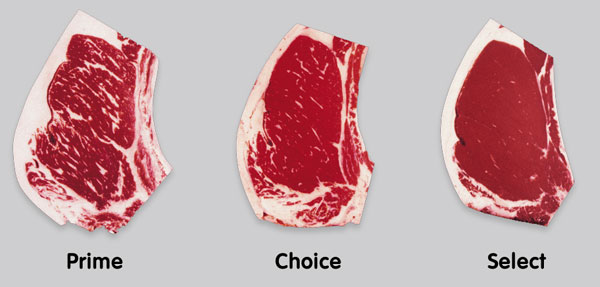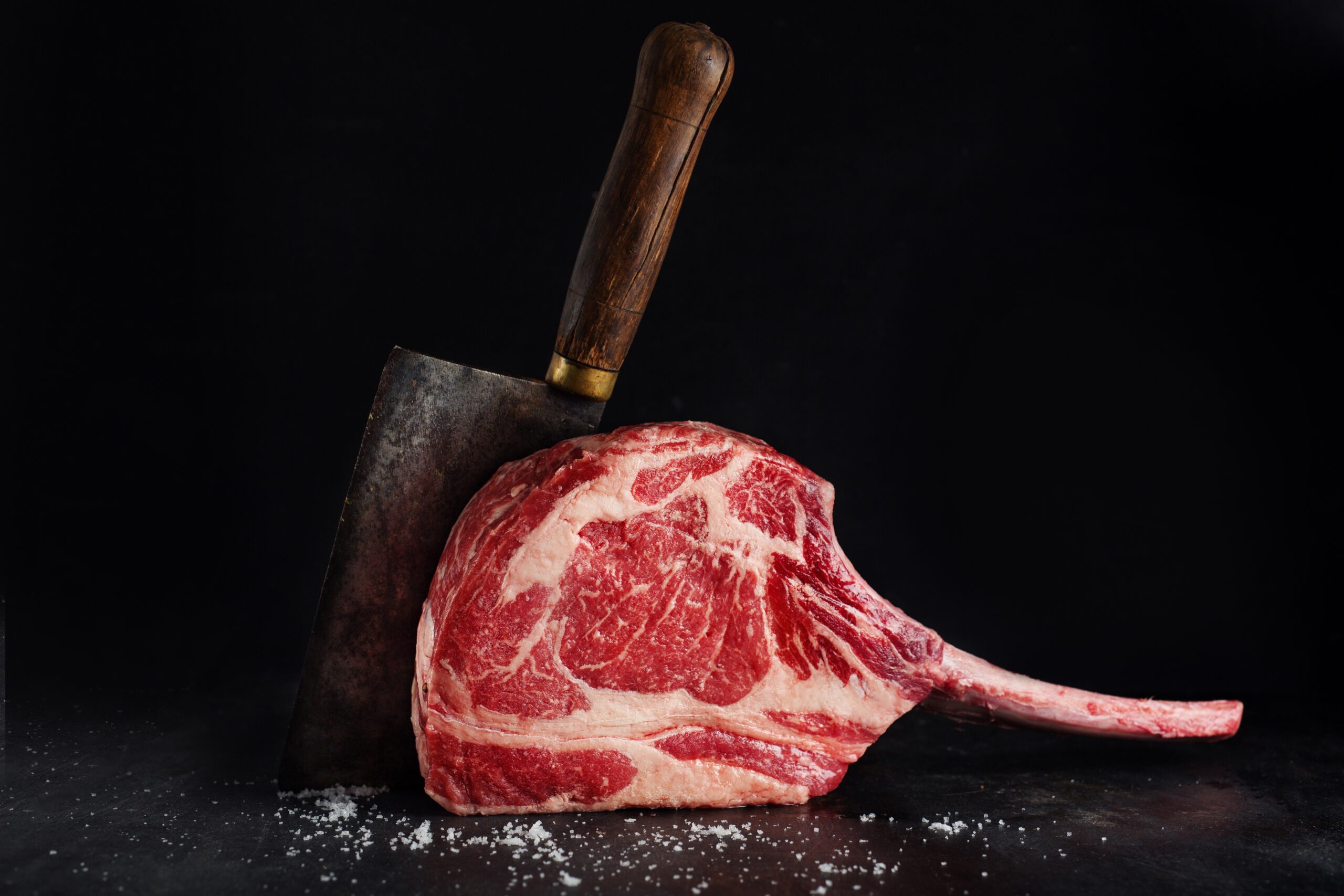If you are a steak lover, you probably know that not all beef is created equal. There are different grades of beef that indicate the quality, tenderness, juiciness, and flavor of the meat. In the United States, the USDA (United States Department of Agriculture) is the agency that inspects, and grades beef based on several criteria, such as the age of the animal, the amount and distribution of marbling (the intramuscular fat), and the color and texture of the meat and the bones. So just what are the different grades of beef and how to choose the best beef for your steak.
The USDA grades beef into eight categories, from the highest to the lowest: Prime, Choice, Select, Standard, Commercial, Utility, Cutter, and Canner. However, most of the beef sold in supermarkets and restaurants falls into the top three grades: Prime, Choice, and Select.
But not to confuse you, there is another grade of meat that has recently hit the butcher shops in the United States. Japanese Wagyu has seen a rise in popularity recently and some see it as superior to USDA Prime.

Here is a brief overview of each grade and how to choose the best one for your steak.
Wagyu
Wagyu beef is a term that refers to four breeds of Japanese cattle: Japanese Black, Japanese Brown, Japanese Shorthorn, and Japanese Polled. The word wagyu literally means “Japanese cow” in Japanese. Wagyu beef is famous for its high degree of marbling, which is the intramuscular fat that gives the meat its flavor, juiciness, and tenderness. Wagyu beef also has a higher percentage of unsaturated fat than other types of beef, which makes it healthier and more melt-in-your-mouth.
Click here to read our article which goes into more detail about Wagyu beef by clicking here
Prime
Prime is the highest grade of beef, representing only about 2% of all the beef produced in the United States. It comes from young, well-fed cattle and has abundant marbling, which gives it a rich flavor and a buttery texture. Prime beef is ideal for grilling, broiling, and roasting, as it can withstand high temperatures without drying out. Prime beef is also the most expensive grade, and it is usually found in upscale restaurants, specialty butcher shops, and online retailers. If you want to treat yourself to a luxurious steak, look for the USDA Prime label on the package or the menu.
Choice
Choice is the second-highest grade of beef, accounting for about 50% of all the beef produced in the United States. It comes from slightly older cattle and has less marbling than Prime, but still has good flavor and tenderness. Choice beef is suitable for a variety of cooking methods, such as grilling, broiling, roasting, and braising, depending on the cut. It is more widely available and affordable than Prime, and it is the most common grade found in supermarkets and restaurants. If you want to enjoy a satisfying steak without breaking the bank, look for the USDA Choice label on the package or the menu.
Select
Select is the third-highest grade of beef, representing about 18% of all the beef produced in the United States. It comes from leaner cattle and has the least amount of marbling among the top three grades, which means it has less flavor and juiciness than Prime or Choice. Select beef is also more prone to drying out and becoming tough when cooked at high temperatures or for a long time.
Select beef is best for low and slow cooking methods, such as stewing, braising, or pot-roasting, that can add moisture and tenderness to the meat. It is the cheapest grade among the top three, and it is often found in discount stores and fast-food chains. If you want to save money and don’t mind compromising on quality, look for the USDA Select label on the package or the menu.
Conclusion
The grade of beef is an important factor to consider when choosing the best steak for your taste and budget. The USDA grades beef into eight categories, but the top three grades are Prime, Choice, and Select. Prime beef is the most expensive and the most flavorful, Choice beef is the most common and the most versatile, and Select beef is the cheapest and the least tender. Depending on your preference and cooking method, you can find the right grade of beef for your steak at your local supermarket, restaurant, or online retailer. Happy steak-ing!
See our list of tools and resources we use to make our BBQ better by clicking here
If you should purchase any of the products in the links on this page, we may receive a commission on that purchase.

1 thought on “How To Choose the Best Beef for Your Steak”
Comments are closed.